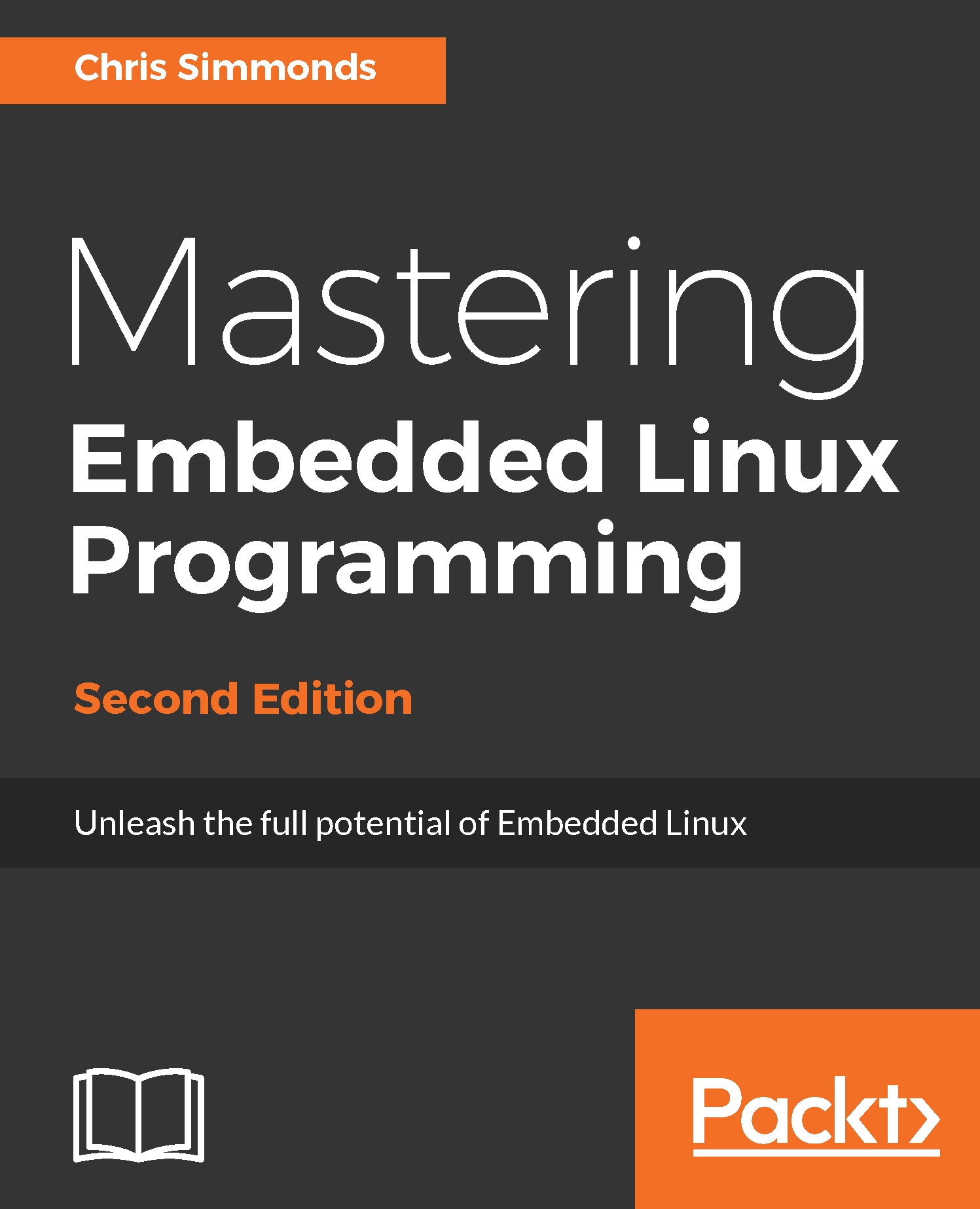There are several challenges when making efficient use of flash memory for mass storage: the mismatch between the size of an erase block and a disk sector, the limited number of erase cycles per erase block, and the need for bad block handling on NAND chips. These differences are resolved by a Flash translation layer, or FTL.
Filesystems for flash memory
Flash translation layers
A flash translation layer has the following features:
- Sub allocation: Filesystems work best with a small allocation unit, traditionally a 512-byte sector. This is much smaller than a flash erase block of 128 KiB or more. Therefore, erase blocks have to be subdivided into smaller units to avoid wasting large amounts of space.
- Garbage collection: A...













































































